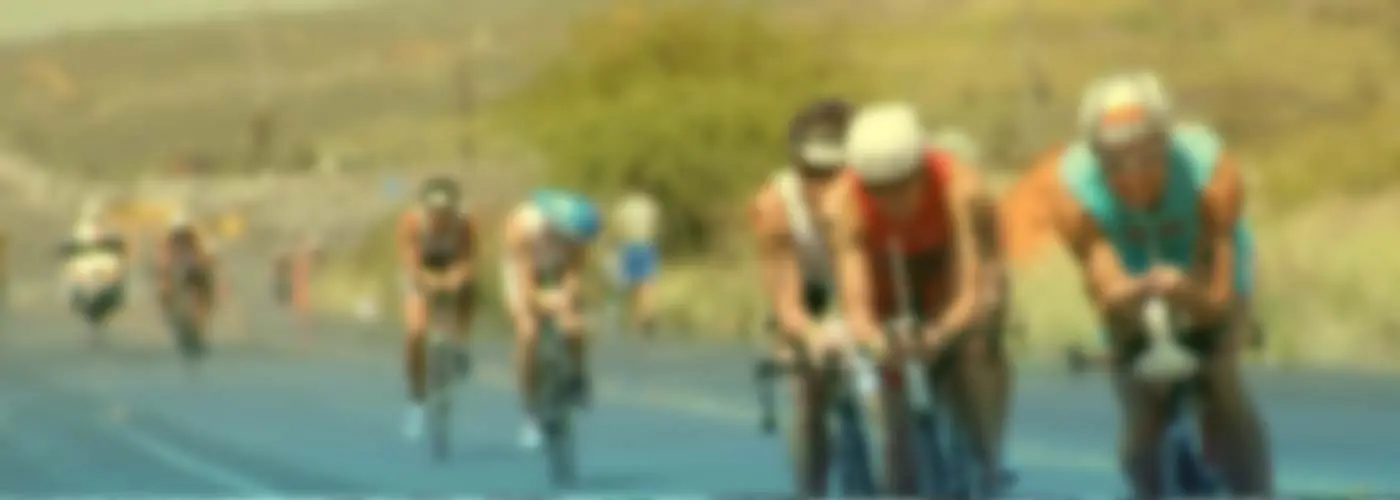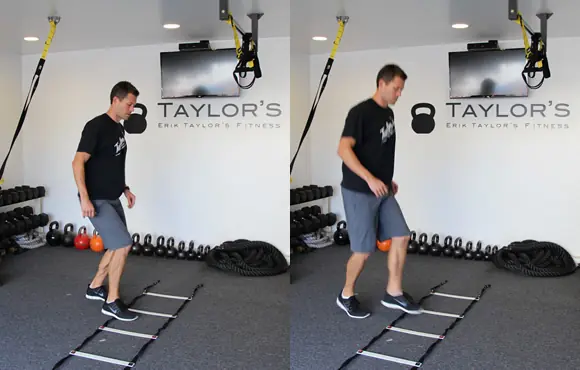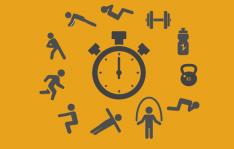It's often regarded as a vital piece of training and competition, but what does mobility really do for a triathlete–and how do you get it?
Better mobility means a faster recovery from a tough event or training session. It also will prevent common overuse injuries.
Work on your mobility for just 10 to 20 minutes a day and focus on your shoulders, back, posas and quads. But don't stop there. Your feet, calves, hamstrings, piriformis and chest deserve attention too.
Here's a list of seven mobility exercises to aid recovery after a workout.
Shoulder/Lat Part 1
1 of 10Stand next to a wall, take a lacrosse or tennis ball and place it under your armpit. Move the ball north and south on the soft tissue in the area. If you find a hot spot, extend and flex the arm of the side you are working.
Shoulder/Lat Part 2
2 of 10This exercise, which can help decrease shoulder pain, should be done for 2 to 3 minutes on each side.
Spinal Twist
3 of 10Start by lying on your back. Bend both knees, keeping your feet close to your butt. Twist your knees to one side and look in the other direction. Keep your shoulders touching the floor throughout the stretch. Hold for 1 to 2 minutes on each side.
Groin-Resistance Band Stretch
4 of 10Lie on your back and wrap a resistance band around the bottom of your left foot. Grab the other end of the band with both hands. Keep your leg straight as you lift to your side to stretch the groin. Hold for 30 seconds to 2 minutes.
Quad Stretch
5 of 10Start by kneeling on your knee, with your lower leg and foot against a box. Put your right foot flat on the floor in front of you. Keep your right knee aligned with your foot. Drive your hips forward until you feel a stretch in your quad. Be sure to activate your glutes and core while holding the stretch. Hold for 30 seconds to 2 minutes.
Quad Massage Part 1
6 of 10Lie in the prone position and place a lacrosse or tennis ball right above your knee. Work the ball deep into your quad. If you find a hot spot, stop and run your leg through extension and flexion.
Quad Massage Part 2
7 of 10This is an area that will need constant attention and can be pretty painful for most people. Do this exercise for 2 to 3 minutes on each leg.
Chest
8 of 10Hold a lacrosse or tennis ball to your chest with both hands. Apply pressure to your chest area and look for tender spots. Overactive pectorals are common in triathletes and people who sit at their desk for long periods throughout the day. Do this for 2 to 3 minutes on each side.
Pigeon Pose
9 of 10Start on your hands and knees. Bring one knee to your hands on the floor with your foot on the other side of your leg. Slide the other leg back as far as you can go. This stretch attacks the glutes, hip flexors and quads. Hold for 1 to 2 minutes on each side.







Discuss This Article